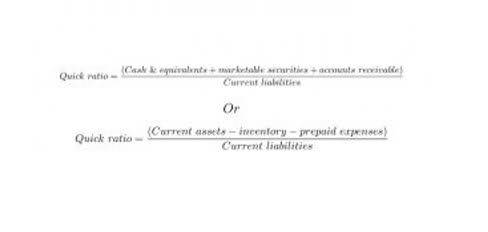
It must be conveyed in a manner that shows them how it benefits them and not just the organization. Implementing advanced technologies for cost monitoring demands a significant investment in software, tools, and infrastructure. Companies need to choose and integrate suitable systems that align with their specific needs. Cost control fosters the prudent use of economic resources, ensuring that every resource is utilized judiciously, minimizing waste, and enhancing overall resource efficiency. Budgets are distributed in a well-calculated manner that helps to make sure that employees get sufficient funds for operations while still maintaining cost control. Operational costs, also known as operating expenses (OPEX), are the ongoing, day-to-day expenditures that a business incurs to maintain its normal Bookkeeping for Painters business operations.

Techniques for Effective Cost Control
This can help identify potential issues early on and allow for proactive cost control measures. normal balance By providing real-time data, reporting tools and dashboards can help companies make better decisions and improve overall performance. Cost analysis involves examining the costs of producing a product or providing a service to identify areas where costs can be reduced.
Tools of Cost Control:
By analyzing historical data, you can see where previous projects went off course and how costs escalated. This allows you to make informed decisions in the future and avoid repeating mistakes. Reviewing past performance also helps fine-tune your budgeting and estimation process. Without clear accountability, cost control can easily fall through the cracks. Assigning a specific project manager or cost control officer to oversee the budget ensures that someone is continuously monitoring costs and making necessary adjustments.

Operating expenses

A good relationship with a contractor or supplier can make controlling direct expenses much simpler. When you have a strong relationship with a supplier, they may be more likely to inform you of price increases ahead of time. Keeping these relationships healthy can make it easier to renegotiate contracts if need be. They may seem insignificant at the time, but odds are they will come in handy later on. If hourly employees need a few hours of overtime to complete a task, this is an unexpected indirect expense.
- The exact values will differ from one company to another, but benchmarks are based on industry standards and help give you a good estimate.
- (ii) Budgetary control provides a yardstick against which actual results can be compared.
- Easily accessible inventory data means, you can quickly inform customers of the availability of any stock enquiries, which will ultimately save time as well as money.
- The factor estimation method is the fastest way to get a general overview of what to expect.
- Happay integrates with enterprise resource planning (ERP) systems, enabling seamless synchronization of financial data.
- Effective cost management can lead to increased profitability, better resource allocation, and the ability to invest in growth opportunities.
Four cost control strategies your business can use
The goal of cost estimation is to estimate the costs related to the project or business activity. Achieve this by identifying the potential costs, including direct costs like labor and materials in addition to indirect costs like overhead and administrative costs. You can use cost estimating techniques in addition to historical data to inform cost estimation. Thus the objective of value analysis is the identification of such costs in a product that do not in any manner contribute to its specification or functional value. Thus, it is the process of reducing the cost without sacrificing the predetermined standards of performance.

- Inflation is a significant factor in project costs, as it can significantly affect the budget and timeline of a project.
- It compares the amount of money gained or lost relative to the amount initially invested.
- Once you have made the cost estimates, then it’s time to start preparing the budgets.
- Cost control is defined as the regulation by executive action of the costs of operating an undertaking.
- Fixed expenses don’t change during a set period of time, often bound by a contractual agreement.
So the variance analysis operates in accordance with the principles of responsibility accounting. If variances exist, their causes have to be determined for taking the corrective actions. (iii) The facilities to calculate variances over time, which will allow corrective action to be taken. The key element in zero-base budgeting is future objective orientation of past objectives. In the cost control zero-base budgeting, it is assumed that the budget for the next year is zero and starts the demand for the project. It requires each manager to justify his entire budget in detail from scratch that is zero-base.


